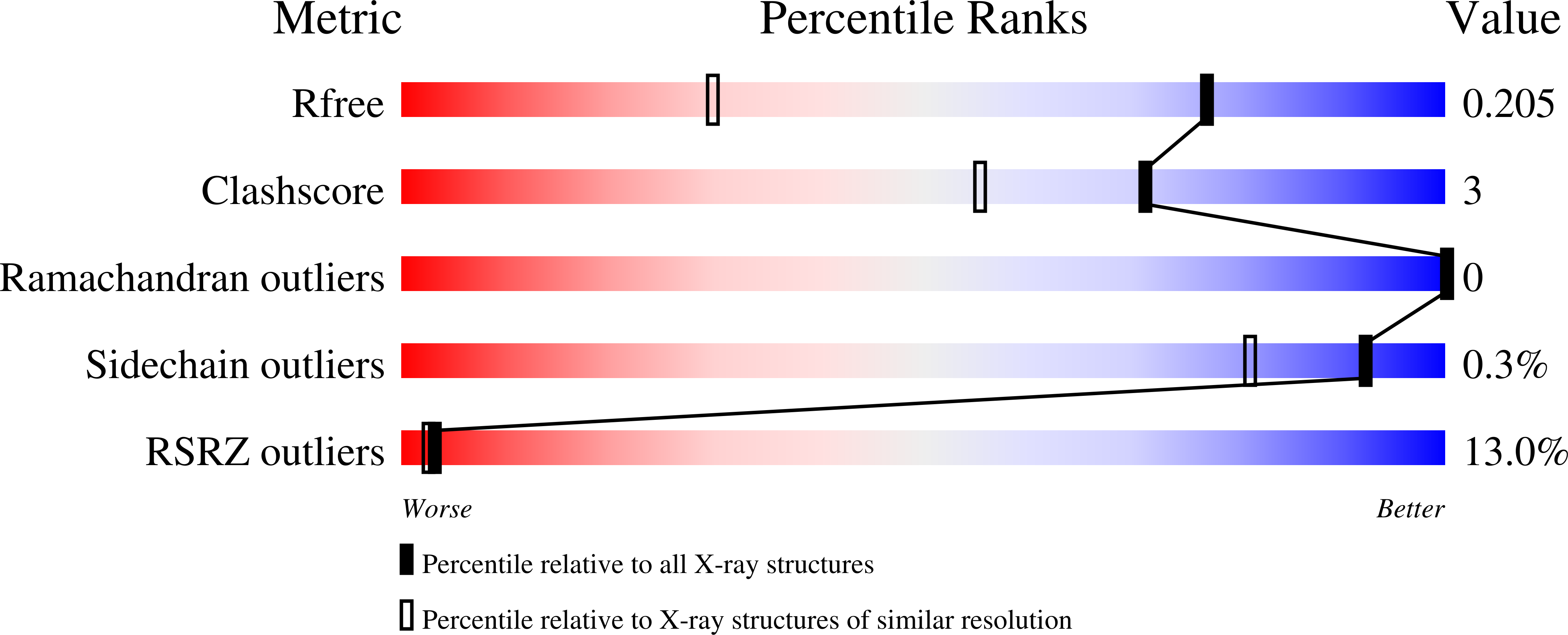
Deposition Date
2021-06-01
Release Date
2021-08-04
Last Version Date
2024-10-23
Entry Detail
PDB ID:
7N3G
Keywords:
Title:
Crystal structure of an anti-SARS-CoV-2 human neutralizing antibody Fab fragment C098
Biological Source:
Source Organism:
Homo sapiens (Taxon ID: 9606)
Host Organism:
Method Details:
Experimental Method:
Resolution:
1.42 Å
R-Value Free:
0.20
R-Value Work:
0.18
R-Value Observed:
0.18
Space Group:
P 65 2 2


